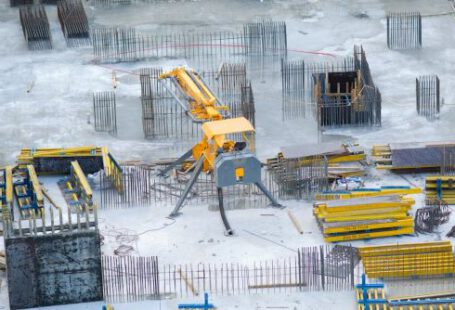The advancement of big data analytics has opened up a world of opportunities for predictive maintenance of construction equipment. In today’s complex construction industry, predictive maintenance is becoming increasingly important as it enables construction companies to maximize their equipment efficiency and reduce costly downtime. By leveraging big data analytics, construction companies can monitor their equipment in real-time, identify potential problems, and take preventive measures to ensure the safety and optimal performance of their assets.
What is Predictive Maintenance?
Predictive maintenance is a type of preventive maintenance that uses data-driven analytics to predict when an asset will require maintenance, repair, or replacement. By utilizing predictive analytics, construction companies can reduce the risk of unexpected equipment failure and maximize the lifespan of their equipment. Predictive maintenance relies on collecting and analyzing data from the construction equipment’s sensors. This data can help detect changes in the performance and condition of the equipment which can then be used to predict when maintenance or repairs may be required.
Big Data Analytics for Predictive Maintenance
Big data analytics is the process of collecting and analyzing large sets of data to uncover patterns and correlations. This data can be used to optimize the performance and maintenance of construction equipment. Big data analytics can be used to identify trends in performance and maintenance issues, which can help construction companies anticipate when their equipment may need to be serviced or replaced. Additionally, big data analytics can be used to identify potential problems and recommend preventive measures that can be taken to reduce the risk of equipment failure.
Benefits of Big Data Analytics for Predictive Maintenance
Big data analytics can provide construction companies with numerous benefits when it comes to predictive maintenance. By utilizing big data analytics, construction companies can:
- Reduce the risk of unexpected equipment failure and downtime.
- Maximize the lifespan of their equipment.
- Identify potential problems and take preventive measures.
- Optimize their equipment performance.
- Analyze and predict patterns in performance and maintenance.
- Save time and money by reducing the need for costly repairs.
Conclusion
Big data analytics is becoming increasingly important in the construction industry for predictive maintenance. By leveraging big data analytics, construction companies can monitor their equipment in real-time, identify potential problems, and take preventive measures to ensure the safety and optimal performance of their assets. The use of big data analytics can help construction companies reduce the risk of unexpected downtime and maximize the lifespan of their equipment.






